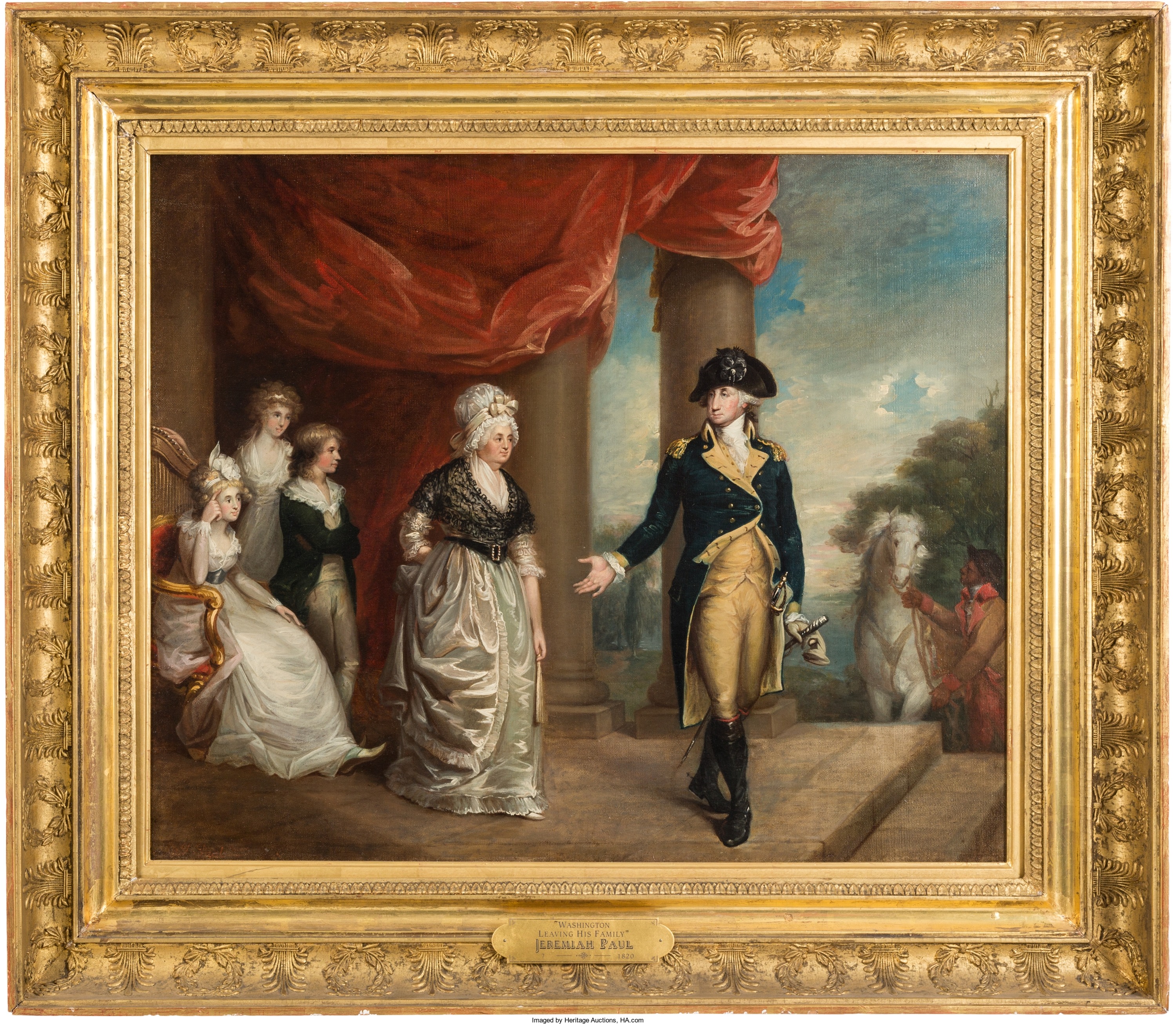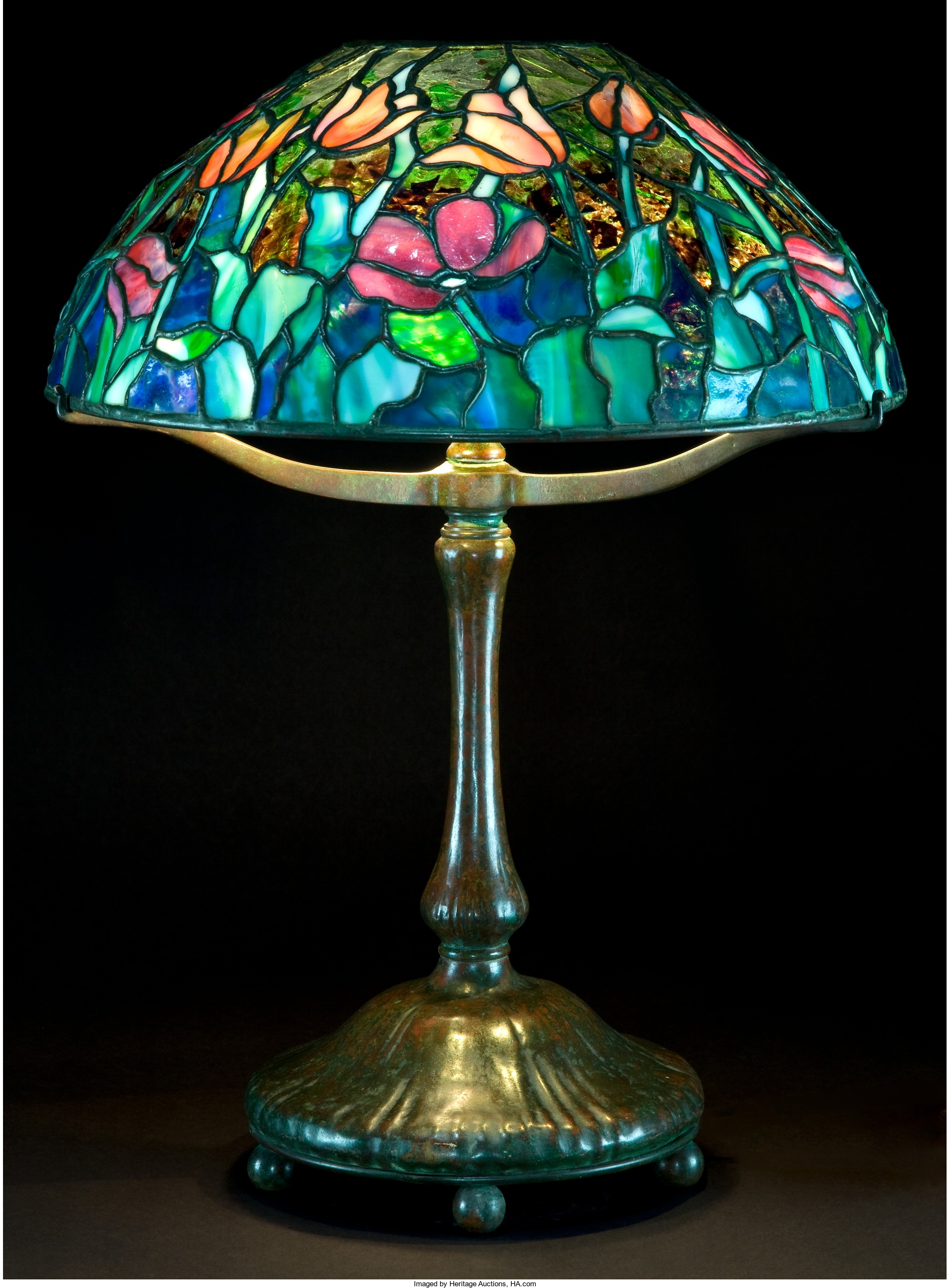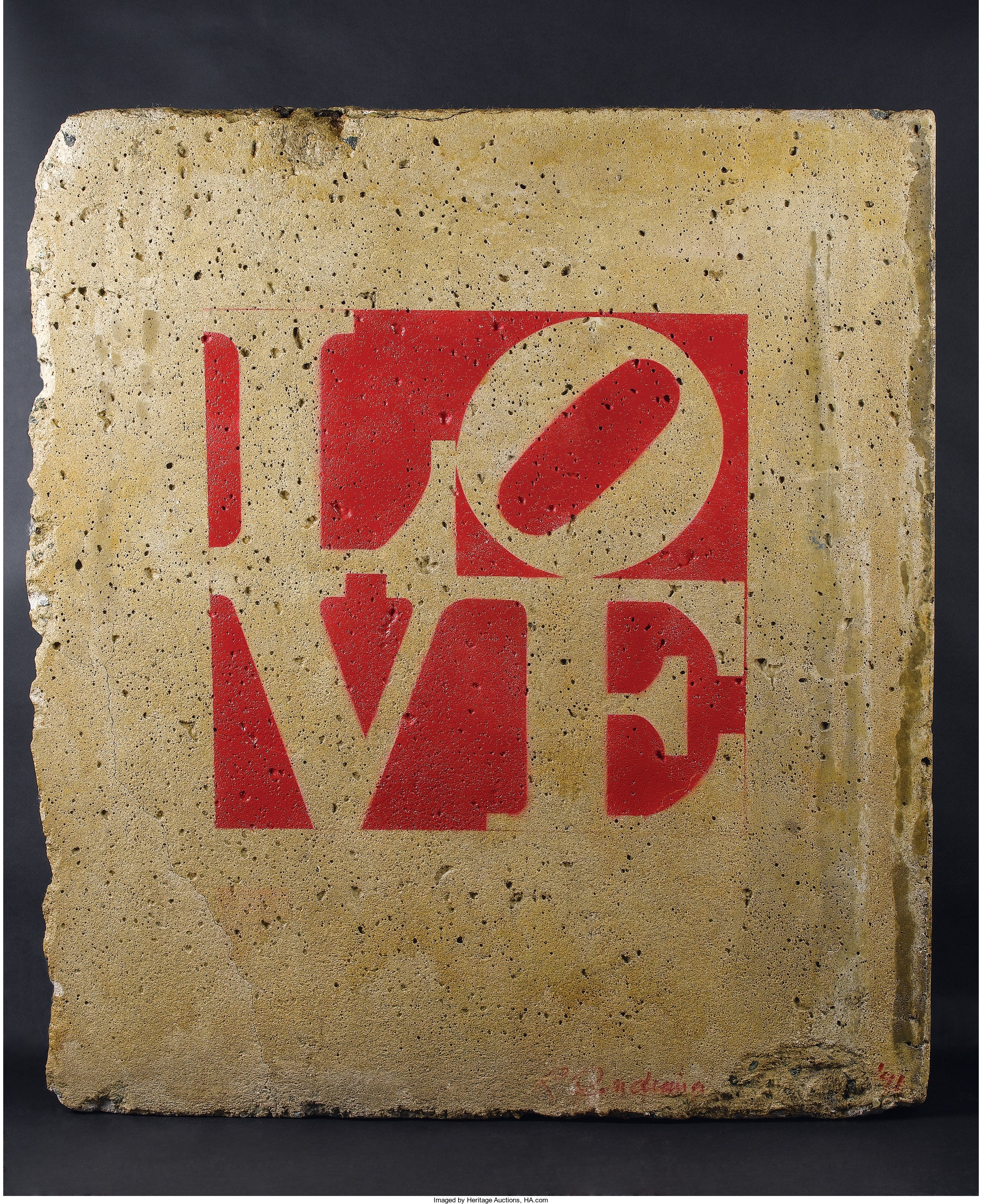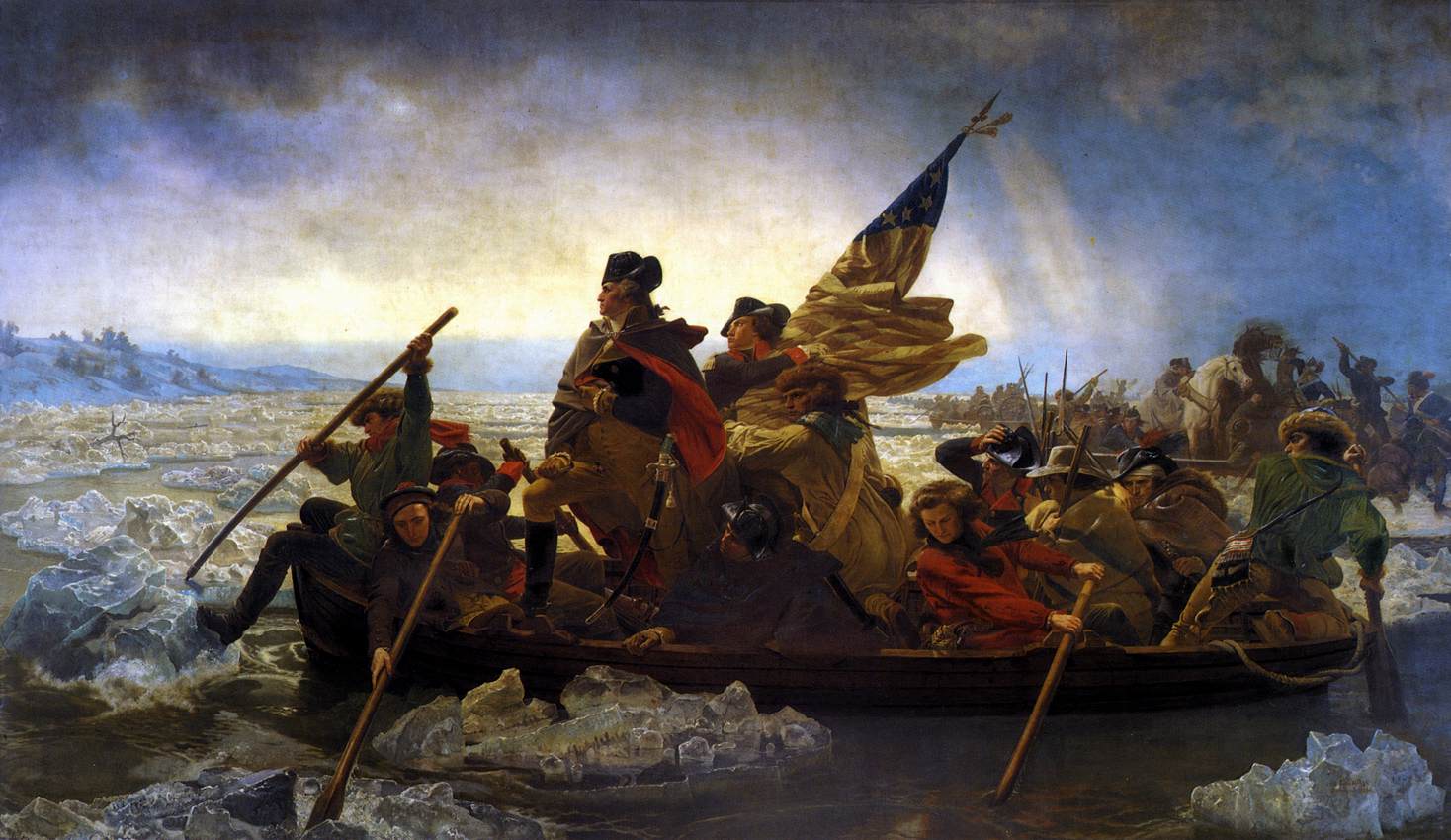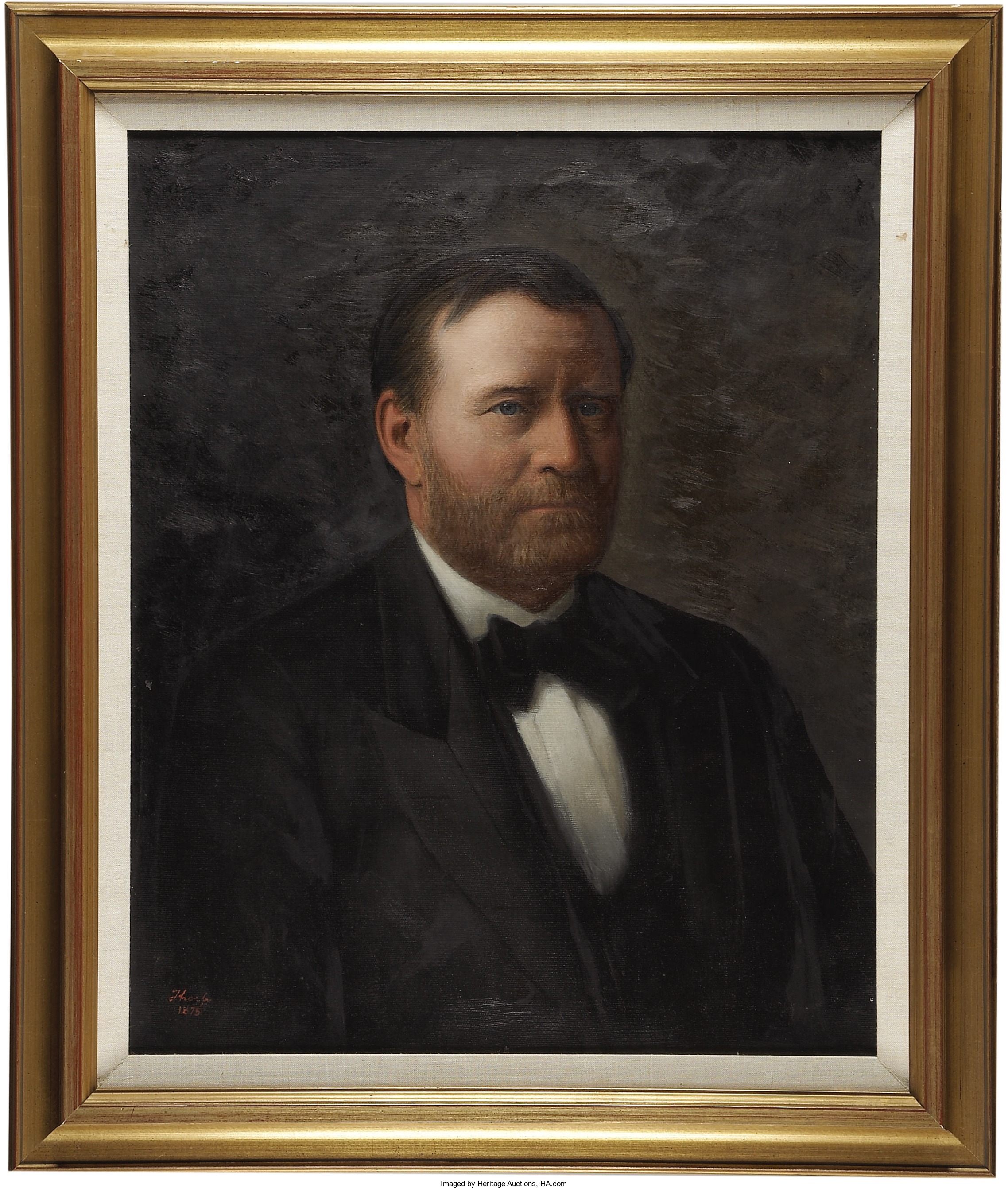
By Jim O’Neal
After President Ulysses S. Grant left office in 1877, he went on a world tour that lasted two years. Some of the highlights included dinner with Queen Victoria, and meetings with Pope Leo XIII and German Chancellor Otto von Bismarck in Europe.
After a trip to India, Grant and family turned to Asia and visited Burma, Siam (Thailand) and Cochinchina (Vietnam). On mainland China, they visited several cities and he ended up brokering an agreement between China and Japan regarding the Ryukyu Islands (sound familiar?).
Eventually, they returned to America and Grant was broke and badly in need of income. He tried several things, including a railroad in Mexico. Nothing was remotely successful and he was desperate.
The biggest disappointment was yet to come and it involved a brokerage house at 2 Wall Street that Ulysses Jr. started with a close and trusted friend. At first there were years with double- and triple-digit returns and Grant was feeling more secure. Then the firm had a cash crunch and Grant borrowed $150,000 from businessman William Vanderbilt. However, it was discovered to be a Ponzi scheme, which left Grant destitute and in debt … unable to repay the loan.
He then agreed to write an article for a magazine on the Battle of Shiloh (where he led Union forces to victory) for $500. Not only was it well received, but Grant truly enjoyed the writing and it lifted his spirits to recall his earlier days. After several more articles, including accounts of Vicksburg and the Battle of the Wilderness, it led to negotiations over a book.
Enter good friend Mark Twain.
Twain convinced Grant that he would give him 75 percent of the royalties in return for the publishing rights. Then Grant discovered he had throat cancer (remember all those cigars?) and it became a race between death and finishing the book. The book won (barely) and the royalties provided the Grant family with enough money to be comfortable after his death. Estimates range from $400,000 and expectations were exceeded.
The combination of ex-President Grant, his memoirs, a surprisingly literary ability and the experience of Mark Twain produced a happy ending to a remarkable period of American history.
 Intelligent Collector blogger JIM O’NEAL is an avid collector and history buff. He is President and CEO of Frito-Lay International [retired] and earlier served as Chairman and CEO of PepsiCo Restaurants International [KFC Pizza Hut and Taco Bell].
Intelligent Collector blogger JIM O’NEAL is an avid collector and history buff. He is President and CEO of Frito-Lay International [retired] and earlier served as Chairman and CEO of PepsiCo Restaurants International [KFC Pizza Hut and Taco Bell].

